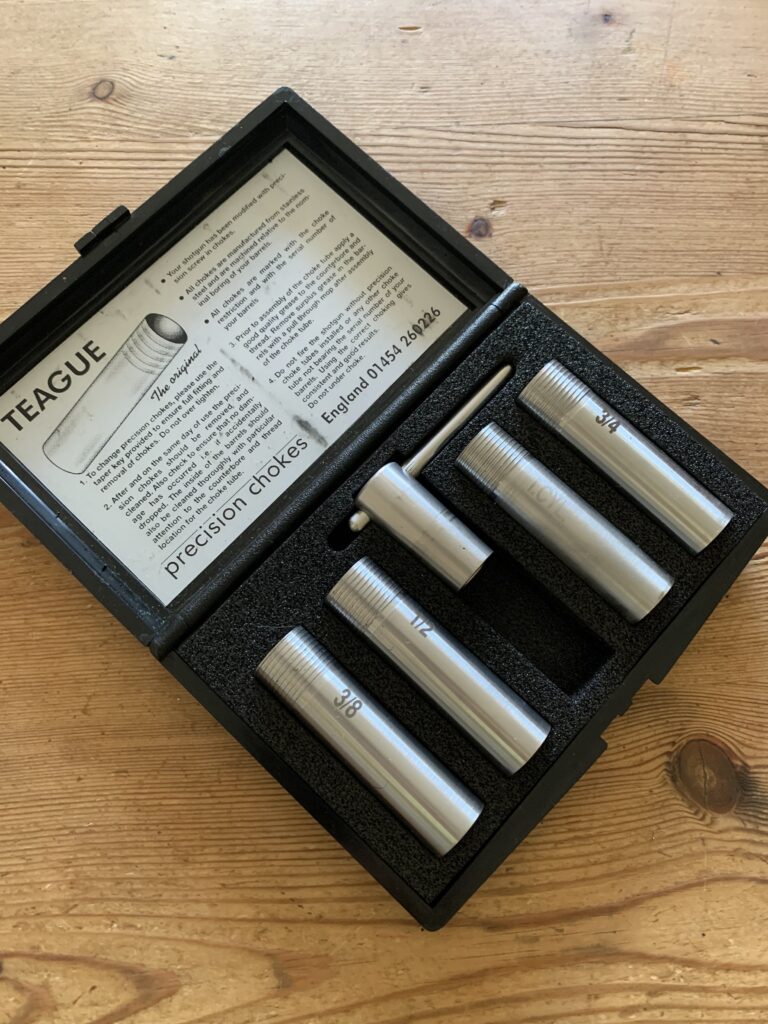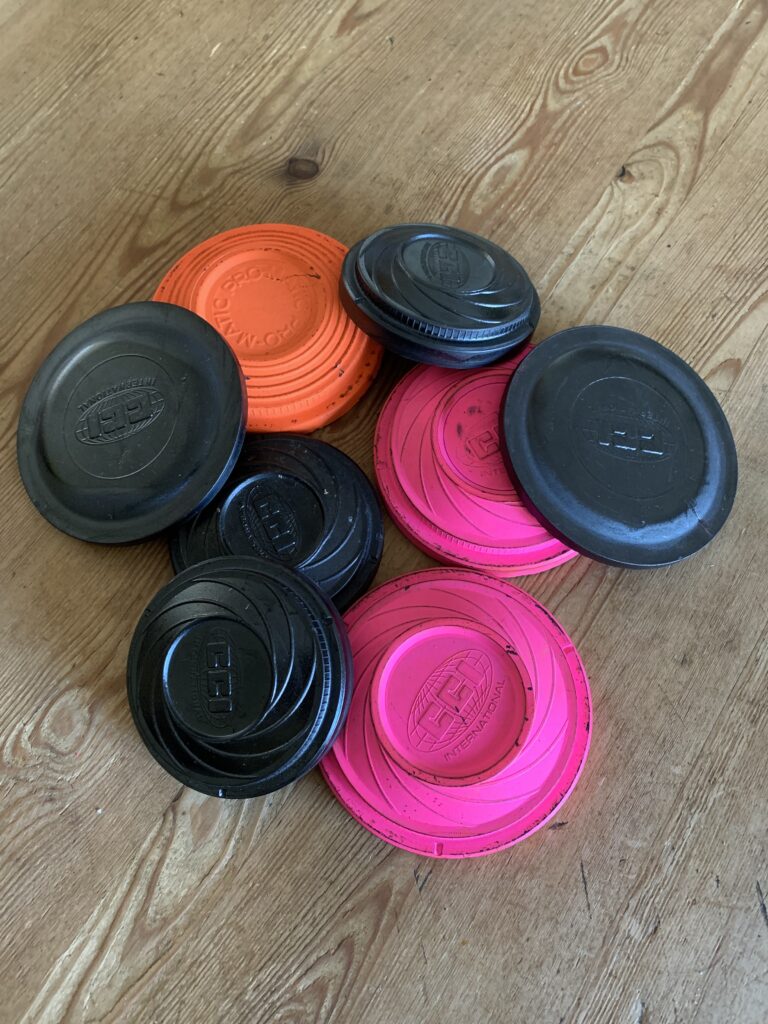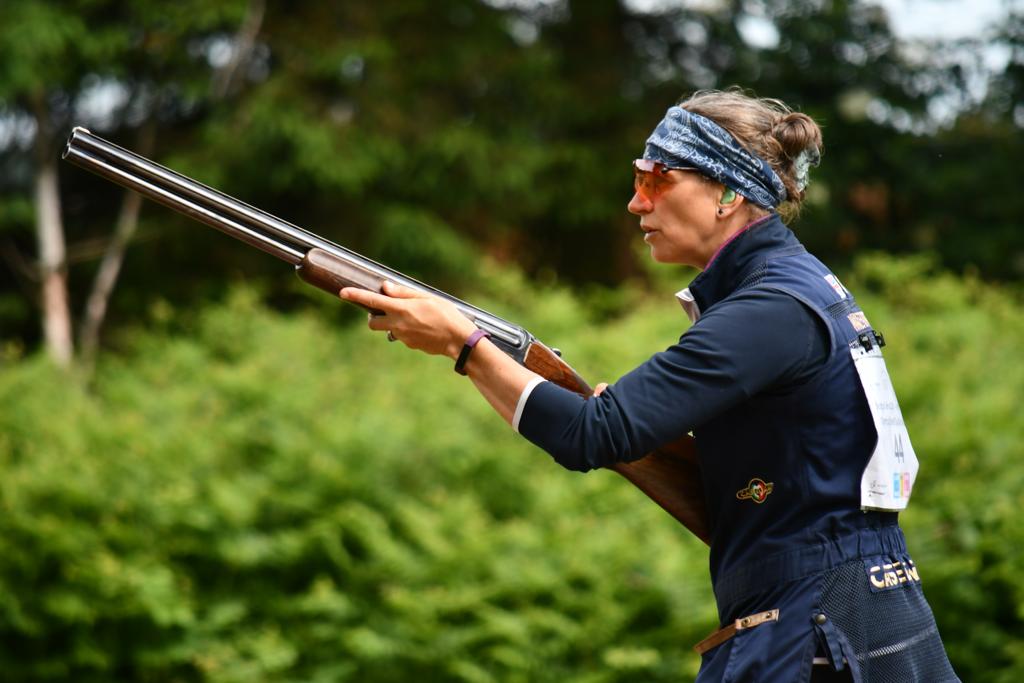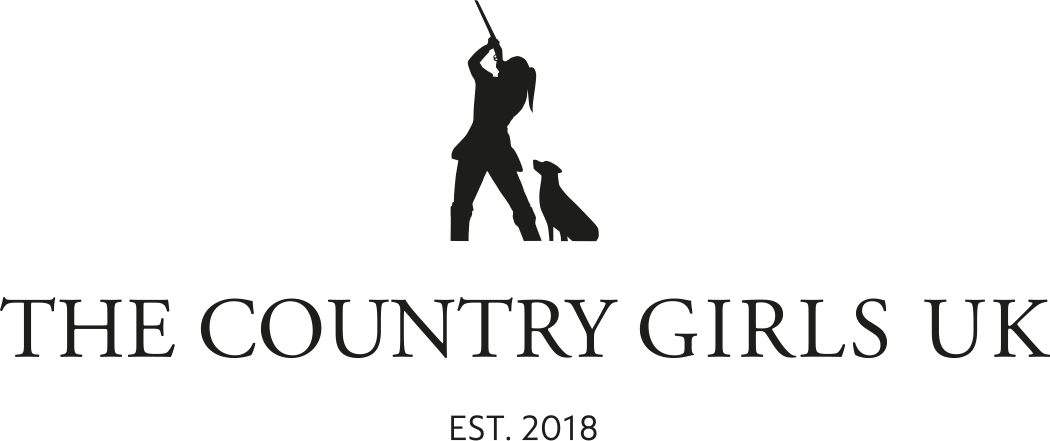Demystifying the language of clay shooting!
If you are new to clay shooting, you might find some of the terminology used and topics discussed in the clubhouse a bit baffling, so here’s a handy list of words and phrases you might come across and what they mean!
Clay Shooting Organisations
CPSA – Clay Pigeon Shooting Association
APSI – Association of Professional Shooting Instructors
British Shooting – for Olympic disciplines in shotgun, rifle and pistol
BSSC – British Shooting Sports Council
ICSI – Institute of Clay Shooting Instructors
Methods of Shooting
The method of shooting relates to how you acquire the target and then break it; there are three main recognised methods of shooting:
Swing Through is where the barrels come from behind the target, onto it and then overtake it to produce the required lead.
Pull Away is where the barrels come up onto the target and then pull in front to give the required lead. The CPSA call this “The Method”.
Maintained Lead is where the barrels come up in front of the target with sustained throughout the shot, minimising the movement required to acquire and shoot the target.
Gun Mounting
Gun mounting is the process of lifting the gun from a gun down position into the cheek and shoulder ready to shoot.
Gun up refers to when the gun is pre-mounted before the target emerges.
Gun down refers to where the shooter starts with the gun out of the shoulder and mounts the gun once the target emerges.
Dry Gun Mounting is the exercise of practising the gun mounting process with an empty gun and without firing. It reinforces the movement and technique required to bring the gun to the cheek and shoulder which needs to be consistent, smooth, precise and timely in order to shoot well. It is beneficial to do the exercise in slow motion to ensure it is done deliberately and accurately.
Set Up and Taking the Shot
Ready Position is the initial set up position of the shooter established before calling for the target; it includes the position of the feet, knees, upper body, neck and head as well as balance and gun placement.
Pick Up Point is the place where you first visually acquire the target; this will depend on the background and light.
Hold Point is the optimum location of the barrels in order to acquire and shoot the target in a timely fashion; it is affected by the pickup point and the kill point.
Kill Point is the desired spot on the flight line of the target for breaking the clay.
Lead picture is the individual’s own visual assessment of the gap between the target and the end of the barrels at the point of pulling the trigger which allows the target to break. It should be stressed that the shooter should only look at the target and not at the end of the barrels or the space in front; however, there will be an awareness of where the barrels are in relation to the target.
Shooting disciplines
Skeet – Two targets, a high bird and a low bird shot in a set sequence of singles and simultaneous pairs from 7 or 8 different stations. A round is 25 targets.
English Skeet – gun up, slower, instant targets, 7 stations
NSSA Skeet – gun up, medium speed, instant targets, 8 stations
Olympic Skeet – shotgun down, faster targets, random delay, 8 stations
Trap – Always going away targets released from a trap or several traps in the
ground a few yards in front of the shooter. The speed, height and angle of the targets vary according to the discipline; some have full use of the gun others are single barrel only. The different trap disciplines include:
DTL – Down the line
ABT – Automatic Ball Trap
UT – Universal Trap
OT – Olympic Trap
DT – Double Trap – 2 simultaneous targets
Sporting – Variety of targets designed to mimic the different of types of game; the different disciplines include:
English sporting – pairs of clays over stands spread out over the course
Sport Trap – 5 targets combination of singles and pairs over 5 stands
Compak Sporting – 6 targets combination of singles and pairs over 5 stands
FITASC (Federation Internationale d Tir aux Armes Sportives de Chasse)
– gun down, 6 targets combination of singles and pairs over 5 stands
Calibre of Gun
Calibre or gauge of gun refers to the size of the bore of the barrels. This is defined by taking a pound of lead and dividing it into several equal parts according to the gauge of the gun i.e. 12 parts for a 12 bore, and rolling one of those parts into a perfect sphere, the diameter of which determines the bore size. The most familiar bore sizes for shotguns are:
12 bore – most common
16 bore – rare
20 bore – second most common
28 bore – fairly rare
.410 (four ten) – very small bore shotgun often used by young shooters
Basic Parts of a Gun
Action is the metal part of the gun fitted between the stock and the barrels that contains all the mechanics for the gun to work, including the trigger.
Stock is the wooden part of the gun (usually made from Turkish walnut) that you grip with the hand with the trigger hand and on which you place in the cheek and the shoulder. The stock should fit to allow the shooter to shoot to the best of their ability. Adjustable stocks give flexibility to the gun fit.
Barrels for clay shooting are usually over and under rather than side by side which are used for game shooting. They can vary in length from 26 to 34 inches according to the requirements of the individual and the discipline they are shooting. The barrels can be ported supposedly to reduce barrel flip.
The forend is the wooden cover to the barrels allowing you to hold the barrels. There are different styles of forend which are largely personal preference but can be discipline-specific; they include beavertail and Schnabel
The butt plate is the pad on the end of the gun which may be rubber, hard plastic, or wooden. They can vary in length and have anti-recoil properties.


Chokes
Chokes refer to the amount of constriction at the end of the barrels that determines the spread of the shot at a given distance. Open chokes give a wider less dense spread and full chokes give a tighter more dense pattern. You can have a fixed choke or multi choke barrels; the latter has choke tubes that screw inside the gun and can be easily changed. Flush chokes fit entirely inside the gun and extendable chokes extend from the end of the barrels.
The chokes selected will depend on the discipline or targets you are shooting. Open chokes are used for targets near to i.e. skeet targets and tighter chokes are used for targets that are further away. The UK system refers to chokes as True Cylinder, Improved Cylinder, Quarter, Half, Three Quarters and Full.
Cartridges
Cartridges are the ammunition for shotguns. There are a plethora of cartridges on the market according to the gauge of the gun from budget up to superior competition cartridges. The cartridges vary in the amount of lead, the quality of lead, the shot size, the length of the cartridge, the speed of the cartridge, the wad (fibre or plastic known as plaswads), the case (plastic or paper). The depth of the brass cap can be an indicator of quality, with better cartridges often having more brass. Cartridges can be discipline-specific by virtue of the load and shot size to produce the most appropriate ammunition for the targets in question.
Types of Clay Targets
Standard – 110 mm, usually black but comes in a variety of colours
Midi – 90 mm, usually black
Mini – 60 mm, usually black
Battue – flat profile clay designed to fly fast initially then roll and drop fast
Rabbit – tough flat clay designed to roll along the ground
Chondel – standard clay presented by chondel trap to arc like a rainbow
Quartering – target crossing but at an angle away from you
Teal – rising target, often going away, mimicking a teal
Driven – target coming over your head, mimicking a pheasant
Incomer – target coming towards you, mimicking a crow
Going away – it does what it says on the tin – goes away!
Crosser – left to right or right to left target
Long crosser – left to right or right to left target much further away
Looper – a crossing target that rises and then drops (such as a chondel)
Flash clays – targets containing coloured powder, released on breaking
Blazed clay – target painted bright orange
ZZ or Helice – targets with plastic wings that fly in an unspecified direction
No bird – a clay that emerges from the trap broken
Single – one target only
On report – when the second target is released after the first one is shot
Simultaneous pair – two targets released at the same time
On the Range
Trap – This is the machine that releases the clays. There are different kinds
according to the type of target required. Most traps are electric and button operated. Manual traps are rarely seen at clay shooting grounds now.
Target – this is also known as “the bird” as in the pigeon. In Skeet, there is the high bid and the low bird or in sporting, the A bird and B bird.
Stand/Station – this is where you stand to shoot the targets; they are usually numbered 1, 2, 3 etc
The Button – The button activates the trap electronically; it may be marked for the A bird and the B bird and Pair for a simultaneous pair.
Claymate system – This system counts the clays you use and allows you to shoot “solo” by giving time between target selecting and releasing the clay.
Acoustics – An automatic clay release system used in the competition via microphones rather than relying on a referee to press the button.
Trap House – The building that houses the traps found on a skeet or trap range
Skeet Vest – Sleeveless jacket worn for clay shooting with large pockets to accommodate cartridges and a shooting patch on the shoulder
Pull/Mark – The call “pull” goes back to the use of real pigeons contained in a trap, the door being released by pulling a piece of string. “Pull” and “mark” were used to distinguish between the high and low bird on skeet with manual trappers
Recoil – the movement of the gun backwards on firing of the gun, by way of a reaction to the explosion of the cartridge in the gun.
Trigger Freeze – the inability of the shooter to pull the trigger in a timely fashion
Blog written by Nicki Wakeford

